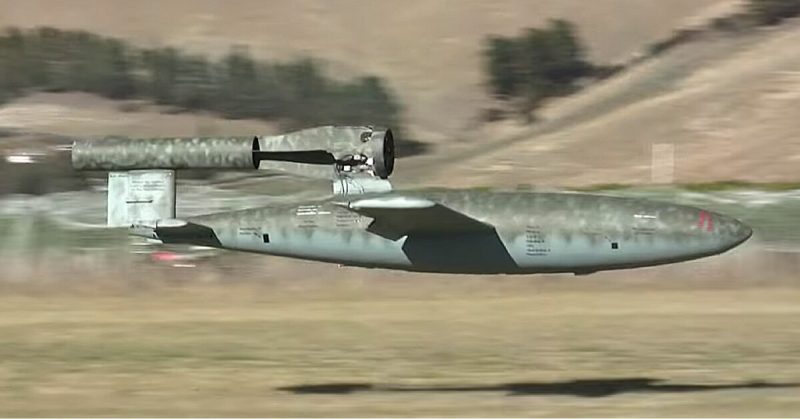Omaka Aviation Heritage Museum in Marlborough, New Zealand hosts an airshow each year that showcases Classic Fighters.
The V1 Flying Bomber was one of those featured in 2015. It was a three-quarter-scale; radio controlled model, based on the early cruise missile also known as the “Doodlebug” or “buzz bomb” by the Allies in WWII.
The code name given to the V1 by its German inventors was “Cherrystone” – more fiercely known as one of the Reich’s “Vengeance Weapons.” The V1 was created to terror bomb London.
They were made of a steel fuselage, wooden wings, and an Argus-built pulsejet engine that pulsed 50 times per second. This engine created a buzzing sound – hence its nicknames.
They were guided by an autopilot system which regulated altitude and airspeed. A pendulum and gyrocompass helped control roll and pitch. An odometer on the nose indicated when a sufficient distance had been reached. The first V1s could hit within a 19-mile diameter circle, and by the end of the war, their accuracy had improved to 7 miles in diameter.
The first attacks in June 1944 were launched from French and Dutch beaches. Britain was under constant assault by these aptly nicknamed “may bugs” until October of that year. The number of V1s fired at Britain is estimated at 100 per day during that time giving a total of 9,521.
The Allies did not just sit back and take it. Britain responded with Operation Crossbow; fighter planes, anti-aircraft guns, and the bombing of V1 launch sites and storage facilities.
The siege of annoying, tiny, but very destructive missiles ended when the Allies overtook the last of the V1 launch sites aimed at Britain. Germany then turned the V1s on Belgium – where they fired 2,448 of them.
Following WWII, Allies including the Soviets, France, and the US took a hard look at the V1 and ran their own experiments with the Doodlebug.
https://www.youtube.com/watch?v=laf1BtLoS_k
